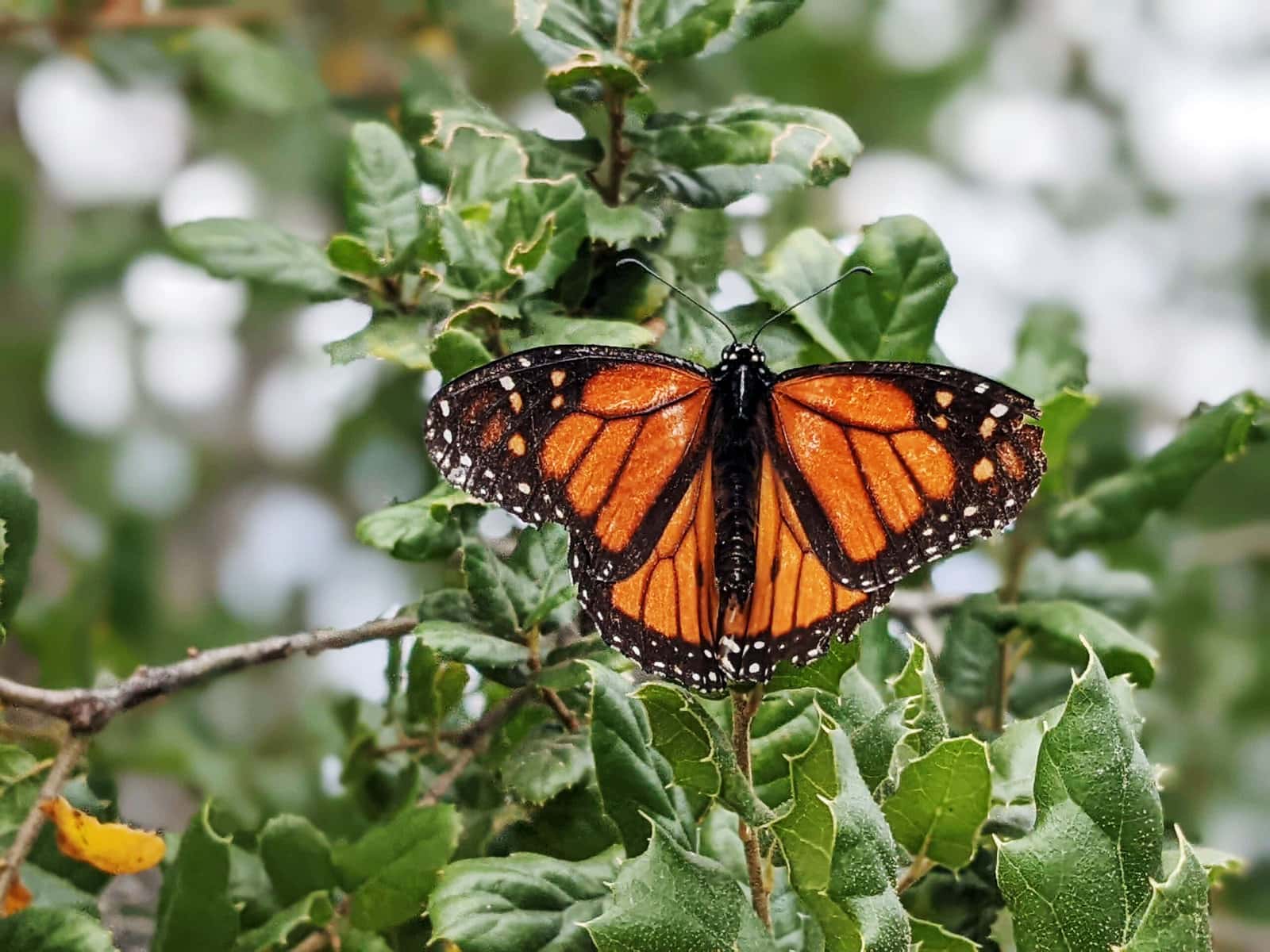Scientists have studied animal migration for hundreds of years. It’s a fascinating phenomenon that showcases animal’s ability to travel great distances across the planet, as they search for better conditions to breed, survive, and eat. They’re similar to humans who escape winter in search of warmer conditions and more sunlight. Some animal migration journeys are more fascinating than others. We’re going to dive into several animals that embark on fascinating journeys that showcase their resilience.
The Monarch Butterfly

Birds and mammals aren’t the only animals to migrate. Native to North America, the Monarch Butterfly migrates thousands of miles, despite their fragility. They begin in Canada and the eastern USA, where millions of Monarchs then migrate south towards Mexico. They cannot survive the harsh winters in North America. This journey alone stretches across 3,000 miles, where they must navigate challenging weather like heavy rain and harsh sunlight, and cross mountains and other ecosystems before arriving in the Oyamel fir forest in Mexico, where they then rest nearly two miles above sea level.
Scientists discovered that Monarchs use a combination of sun compass orientation and a time-compensated sun compass, which allows them to maintain a consistent direction during their long journey across the continent. Tens of thousands of monarchs can gather on a single tree. During a recent interview, scientists expressed how the migration pattern is changing. They said it’s because of “an overplanting of non-native milkweed. It attracts the butterflies to stay and play. But what skipping migration means for the future of the species still isn’t clear. So scientists are relying on some citizen science to help find answers.” They want people in southern Georgia to keep an eye out for monarchs and to see what they’re doing (NPR).
